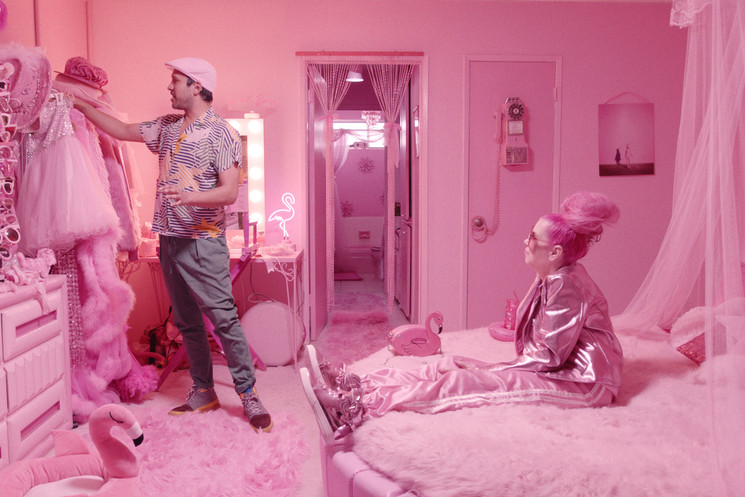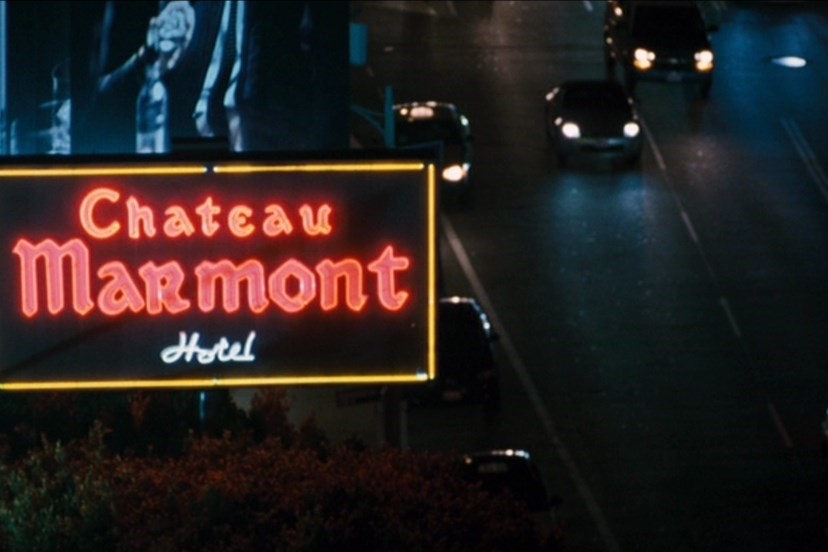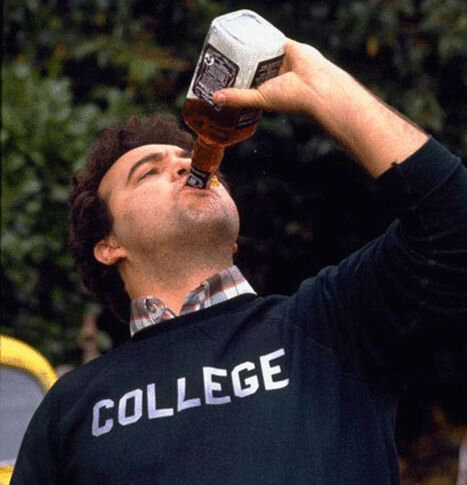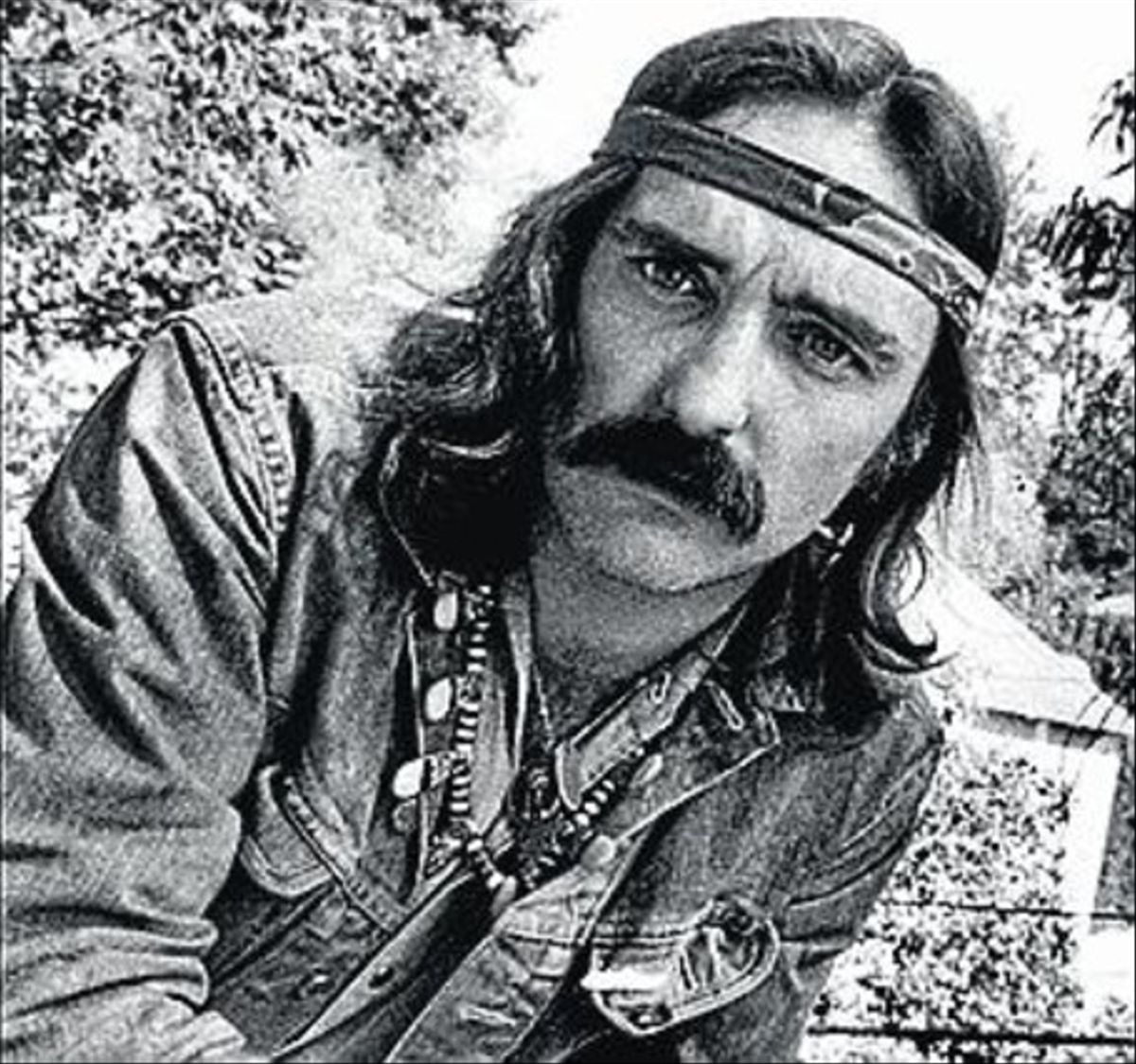The Mystery of The Pink Flamingo
THE MYSTERY OF THE PINK FLAMINGO
The Kitsch Icon
By Laura Martínez
We chat with Javier Polo, director of the documentary film about the mysterious iconography behind this particularly pink bird. An animal that is rarely seen, but at the same time is omnipresent. The film has been released in cinemas across Spain, a heroic deed in times of pandemic.
It can appear as a pool float on the beach, on the vase that your mother gave you as a Xmas pressie, or on the lighter that your friend passes you need a light outside a bar. At first glance these things have nothing in common, but if you look closely, you’ll discover that they are all flamingo inspired, either in its form or through drawings and borrowed elements: the beak, the skinny legs that bend backwards, its pink plumage. It’s here, there and everywhere. Pink flamingo fever has haunted the world for longer than we can remember, and at last someone has launched an investigation into all this madness.
Javier and Guillermo Polo – The Polo Brothers – have embarked on a coast-to-coast journey across the USA; the land of eccentricity, the land of kitsch. It is the beginning, and most likely will be the end, of this obsession. The Polos travelled to Miami, Las Vegas, Chicago and Los Angles in search of the true meaning behind the pink flamingo. Javier is clear about why he chose this particular topic: “I didn’t choose the pink flamingo, the pink flamingo chose me, just like Rigo in the film. I couldn’t escape, it was so inevitable that the only way of curing the fever was by literally making a film about it.

Javier remembers that one of the most gratifying parts of the filmmaking process was when he searched for the actors to play the characters who are in love with the figure of the pink flamenco. They all accompany the main character, Rigo Pex, (Meneo) whom Javier describes as: “musician, performer, Tasmanian Devil, Radio 3 presenter and cultural agitator, in that order.” Rigo is helped on his quest by kitsch obsessed actor and director Eduardo Casanova, Alicante based painter and muralist Antonyo Marest, the irreverent, cult filmmaker John Waters and music guru Allee Willis, the songwriter behind many hit songs, including Earth, Wind and Fire’s foot stomping classic “September.”

Known as one of the music industry’s most colourful characters, she unfortunately passed away after suffering a cardiac arrest in 2019. Javier gets emotional when he talks about her: “born in 1947 in Detroit, she was a lesbian whose love of black music and culture developed early. An artist in the broadest sense of the word and an admirable person, she was always brave and pioneering, and she gave us an awe-inspiring interview to close the film.” Despite the fine choice of characters in the film, Javier admits that they were gutted to miss out on interviewing singer and songwriter of Electric Six, Tyler Spencer, and he also admits that the hardest part was editing down John Waters’ interview because “everything that came out of his mouth was pure gold.”

Javier and Guillermo’s cinephilia comes from their parents; their mother took them to see Tarantino films at the tender age of eight, and their father showed them classic flicks by the Marx Brothers, Kubrick and Woody Allen. “We always had long chats and debates about films. The truth is that we had the privilege of discovering so much cinema, at a very young age, so it was a natural that we ended up as filmmakers.” The film’s predilection for pastel tones and colourful aesthetics are influenced by legendary directors from Wong Kar Wai and Wes Anderson to Pedro Almodóvar, and are also present in our hotels: Paradiso, Tropicana and Cubanito, where part of the film was shot.The next film by the Polo Brothers will be a black comedy called “Pobre Diablo” (Poor Devil), which this time will see Guillermo take up the directing reigns, about a frustrated writer who has to travel from Asturias to Benidorm with his brother’s dead body in order to fulfil his dying wish. One thing’s for sure, they don’t lack imagination….










